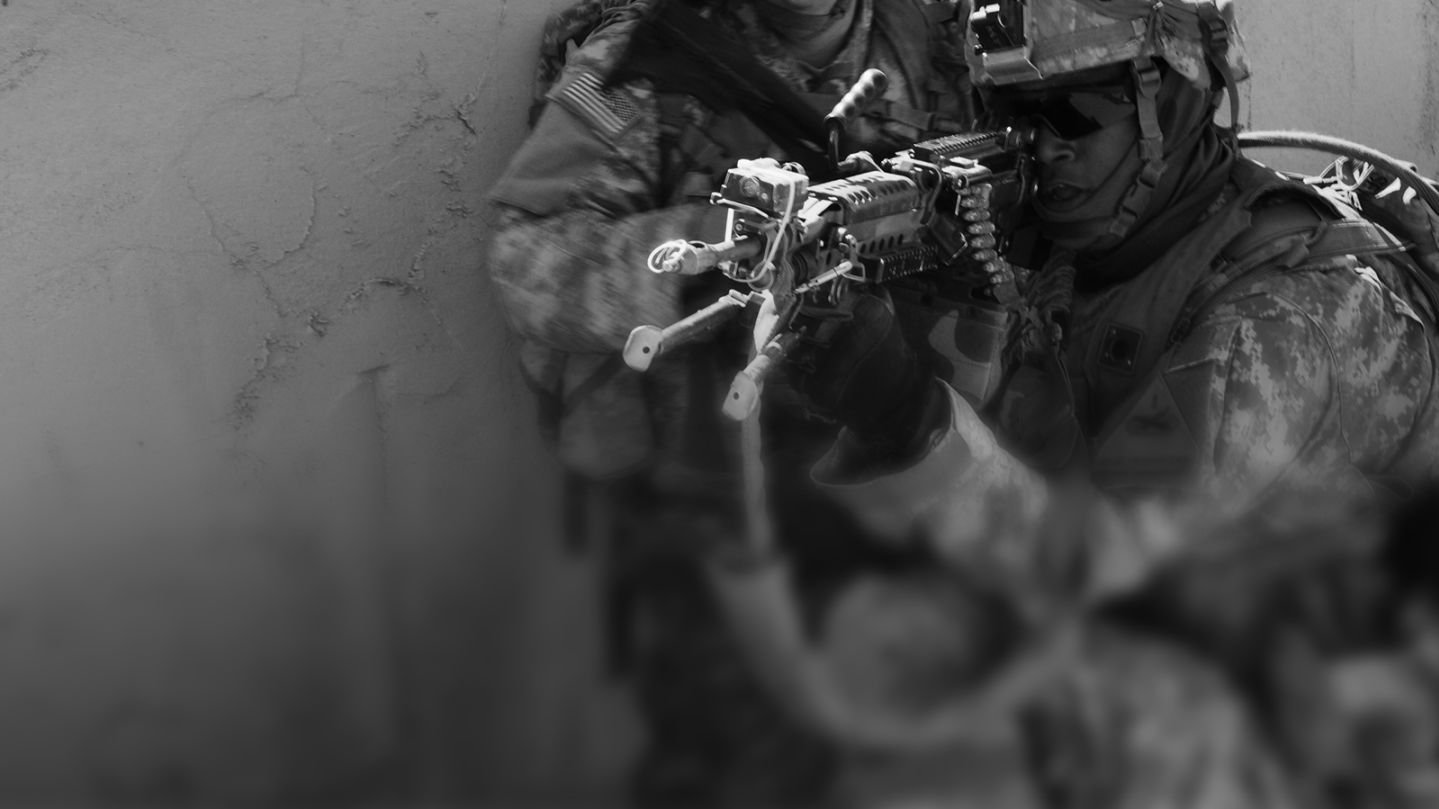Story highlights
Investigations substantiated approximately 14 allegations of misconduct
The release of the photos was the result of a Freedom of Information Act lawsuit
The Pentagon released 198 photos Friday, several of which appear to show injuries suffered by detainees after allegedly experiencing abuse while held in Iraq and Afghanistan during the George W. Bush administration.
Department of Defense spokesperson Cmdr. Gary Ross said that the photos originated from independent criminal investigations into allegations of misconduct by U.S. personnel.
The investigations substantiated approximately 14 allegations of misconduct while another 42 allegations were proven unsubstantiated, he said.
The Pentagon did not specify which of the released photos came from substantiated versus unsubstantiated cases.
In the substantiated cases, 65 service members received some form of disciplinary action, ranging from letters of reprimand to life imprisonment, according to the Pentagon.
RELATED: Judge orders Pentagon to release pictures of detainees
The release of the photos was the result of a Freedom of Information Act lawsuit the American Civil Liberties Union brought against the Defense Department in 2004.
The lawsuit sought the release of approximately 2,000 photos held by the Pentagon, according to the ACLU, which said it would continue to push for the remaining 1,800 or so images to be made public.
“We’re still pursuing our case for the remaining secret photos, which we think are very important because a complete picture is necessary to show the full extent of the abuse,” ACLU spokesman Josh Bell told CNN.
“The disclosure of these photos is long overdue, but more important than the disclosure is the fact that hundreds of photographs are still being withheld,” said ACLU Deputy Legal Director Jameel Jaffer. “The still-secret pictures are the best evidence of the serious abuses that took place in military detention centers. The government’s selective disclosure risks misleading the public about the true extent of the abuse.”
The ACLU also charged that those who were punished were low-level soldiers and that higher-ups still needed to be held accountable.
U.S. District Judge Alvin K. Hellerstein of the Southern District of New York in March 2014 ordered the Pentagon to release the photos. At the time, Hellerstein said the government failed to prove its argument that releasing the photos would endanger American soldiers or civilians overseas.
The majority of the photos depict close-up images of detainees, some of which feature visible bruising and lacerations.
RELATED: Video shows what appear to be U.S. Marines urinating on bodies
In July 2011, the judge blocked the release of the photos at the urging of the secretary of defense because U.S. troops were still fighting in Iraq. In 2009, Congress had passed legislation granting the secretary the authority to withhold a Freedom of Information Act request for three years if the information was deemed a threat to national security.
To underscore the risk, the Defense Department pointed to public and at times violent demonstrations in the region that followed reports of Quran burnings, blasphemous films and the 2012 release of a video that purportedly showed Americans soldiers urinating on dead enemy combatants.
At the time of the judge’s decision, Navy Rear Adm. Sinclair Harris of the Joint Chiefs of Staff said Islamist extremist groups like ISIS use “imagery associated with United States detention practices” as part of their recruiting efforts.
The ACLU protested this rationale, saying that the military’s prediction of anti-American violence was only speculation.
But by December 2011, most U.S. ground troops had withdrawn from Iraq, and Hellerstein said it wasn’t clear that the release of the photos would affect military operations.
Thousands of U.S. troops have since returned to Iraq as part of the effort to train Iraq’s security forces in their fight against ISIS.
The ACLU also argued that the Defense Department must individually review each photo and explain why its release would put Americans in danger to attempt to justify holding back the information.










